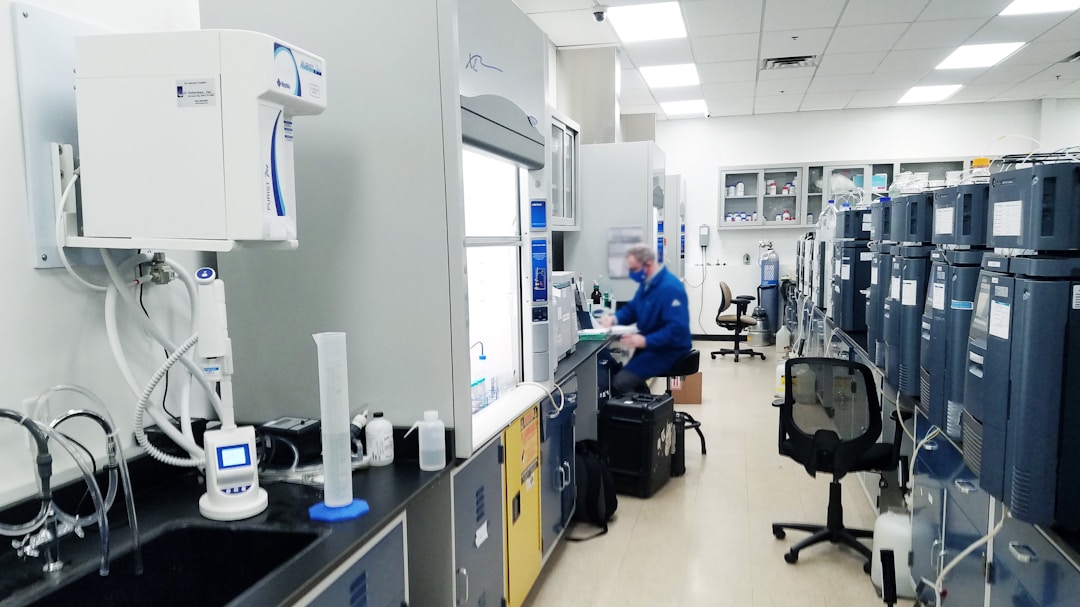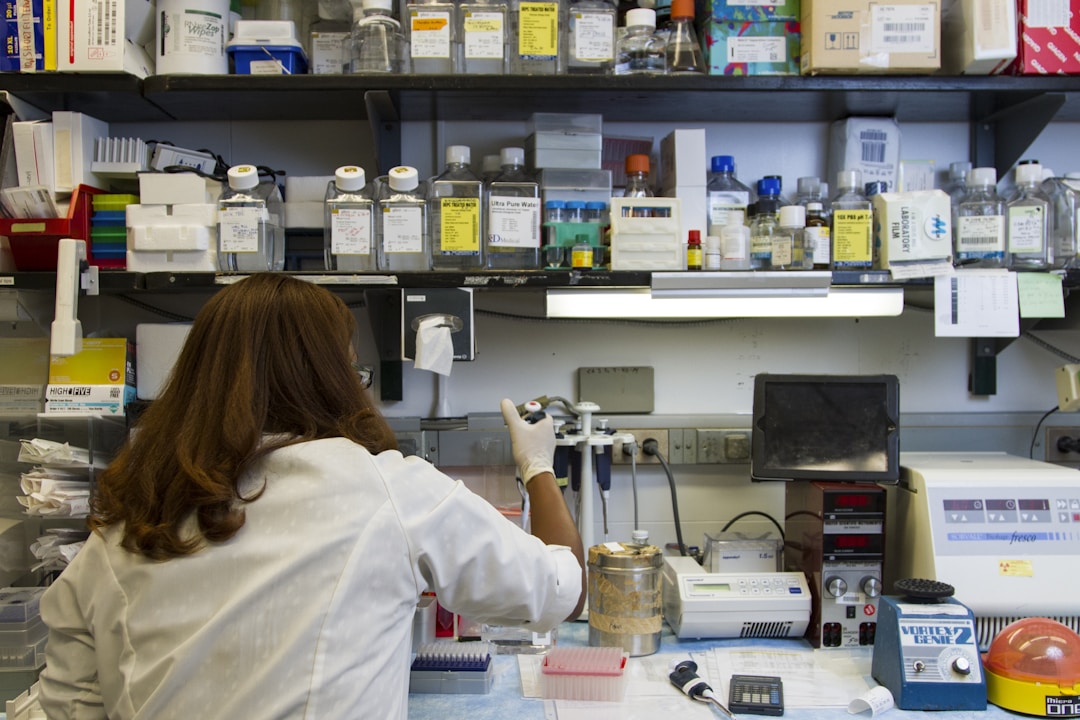Using Sermorelin Peptide for Research
In recent years, sermorelin peptide has gained significant attention in biomedical research. This compound, known for stimulating growth hormone release, presents a wealth of potential for scientific inquiry and therapeutic development. Researchers worldwide are tapping into the peptide’s unique properties to unlock new understanding in various medical disciplines. As we delve into the science behind sermorelin, its applications, and handling procedures, the scope of its impact on research becomes evident. Please keep reading to explore this fascinating peptide and how its use shapes modern research efforts.
Understanding Sermorelin Peptide and Its Role in Research

Sermorelin is a synthetic peptide analogue of the naturally occurring growth hormone-releasing hormone (GHRH). Its primary function is to promote the secretion of growth hormone from the pituitary gland, making it a crucial tool in studies related to growth disorders and hormone regulation. It comprises the first 29 amino acids of GHRH, which are considered the most significant for stimulating pituitary action. This truncated peptide is structurally and functionally similar to GHRH, hence its utility in research.
In the lab, sermorelin is employed in various experimental settings to understand the complexities of the endocrine system. Researchers are investigating its role in repairing tissues, improving metabolism, and its potential in anti-aging studies. Sermorelin is invaluable in experimental designs focused on growth hormone dynamics by providing a controlled means to elevate growth hormone levels.
Sermorelin’s research applications extend to different fields, including pediatrics, orthopedics, and gerontology. For example, it’s instrumental in pediatric studies examining growth deficiencies or aiming to better understand the role of hormones in developmental processes. The peptide’s relatively predictable action makes it preferred for longitudinal studies examining sustained growth hormone elevation outcomes.
Further research is exploring the systemic effects of sermorelin on muscle growth, fat metabolism, and cognitive functions. This broad range of research interests highlights its versatility and reflects ongoing efforts to leverage sermorelin in innovative therapeutic approaches. With the progression of such studies, researchers are optimistic that novel treatments for various conditions will emerge.
The Mechanism of Action of Sermorelin in Scientific Studies

Sermorelin’s mechanism of action is primarily characterized by its ability to mimic the effects of GHRH in the body. By binding to specific receptors on the surfaces of pituitary cells, it activates a cascade of events resulting in the release of endogenous growth hormone. This action is crucial in mediating numerous physiological processes, including growth and metabolism, making it a keystone in related scientific investigations.
The peptide operates through a natural feedback loop that regulates the amount of hormone secreted, ensuring that growth hormone levels remain within acceptable physiological ranges. This regulation is vital for maintaining homeostasis and preventing potential side effects of excessive growth hormone levels. It also gives researchers a predictable response curve that can be carefully monitored and measured in experimental designs.
Scientific studies have dissected sermorelin’s molecular mechanism to understand how it interacts with various biological systems. By examining the signaling pathways and genetic expressions prompted by sermorelin, researchers have gained critical insights into disease mechanisms and the potential benefits of controlled growth hormone release for therapeutic purposes.
Additionally, due to its specificity and efficacy, sermorelin is used in vivo and in vitro experiments, allowing for a broad range of applications in tissue culture studies and living organisms. Such versatility reinforces the value of sermorelin in advancing research and potentially improving treatment protocols for hormone-related disorders.
Advantages of Using Sermorelin Peptide for Laboratory Research
Sermorelin is a synthetic peptide that offers consistent quality and action, making it ideal for laboratory research. Its ability to mimic the natural growth hormone-releasing hormone (GHRH) ensures near-physiological responses in experiments. This consistency enhances the repeatability and reliability of scientific results.
A key advantage of sermorelin is its favorable safety profile, which is particularly important in long-term studies. It stimulates the pituitary gland in a controlled manner, reducing the risk of side effects commonly linked with direct growth hormone use. This makes it a safer alternative for studies prioritizing subject well-being.
In addition, sermorelin promotes the body’s growth hormone production, offering potential for sustainable therapeutic applications. Its use could lead to treatments with fewer adverse effects compared to traditional hormone therapies—the peptide’s short half-life further benefits controlled studies by limiting prolonged activity in the system.
Altogether, sermorelin peptide is a reliable and versatile tool for scientific research into hormone regulation and therapeutic innovation. Its consistent performance, safety profile, and physiological relevance make it valuable in both in vivo and in vitro experimental settings.





